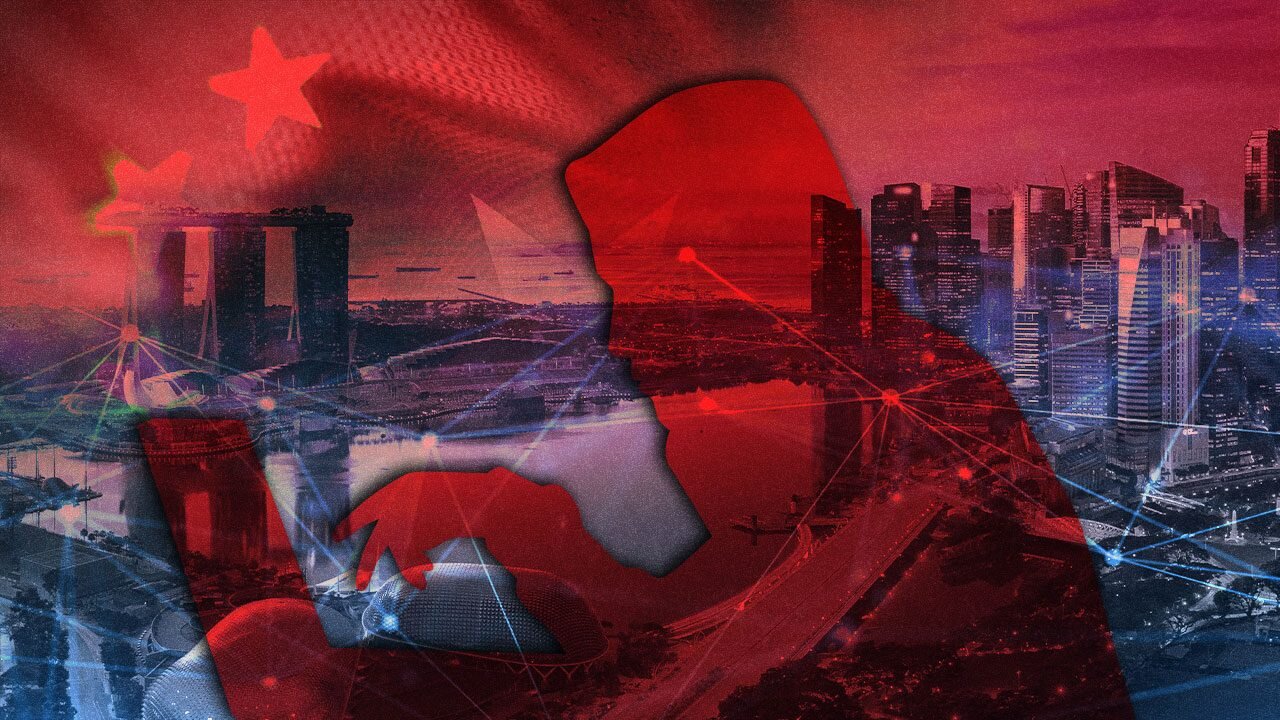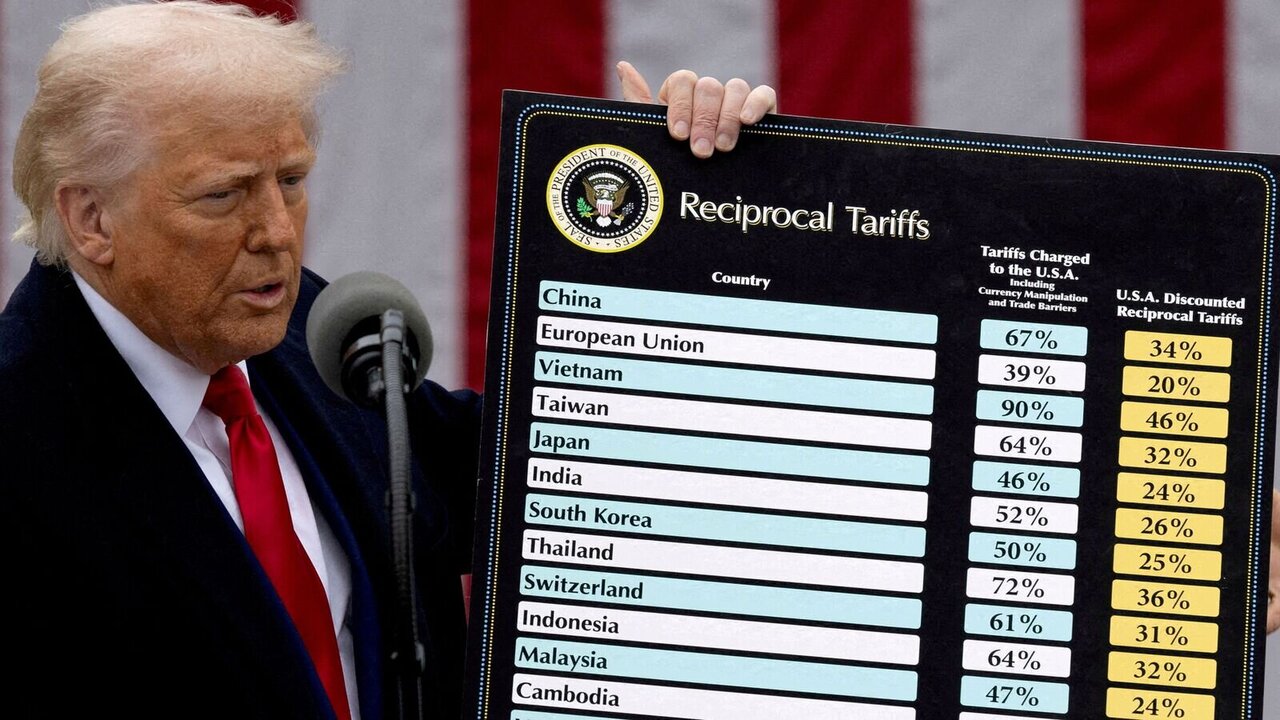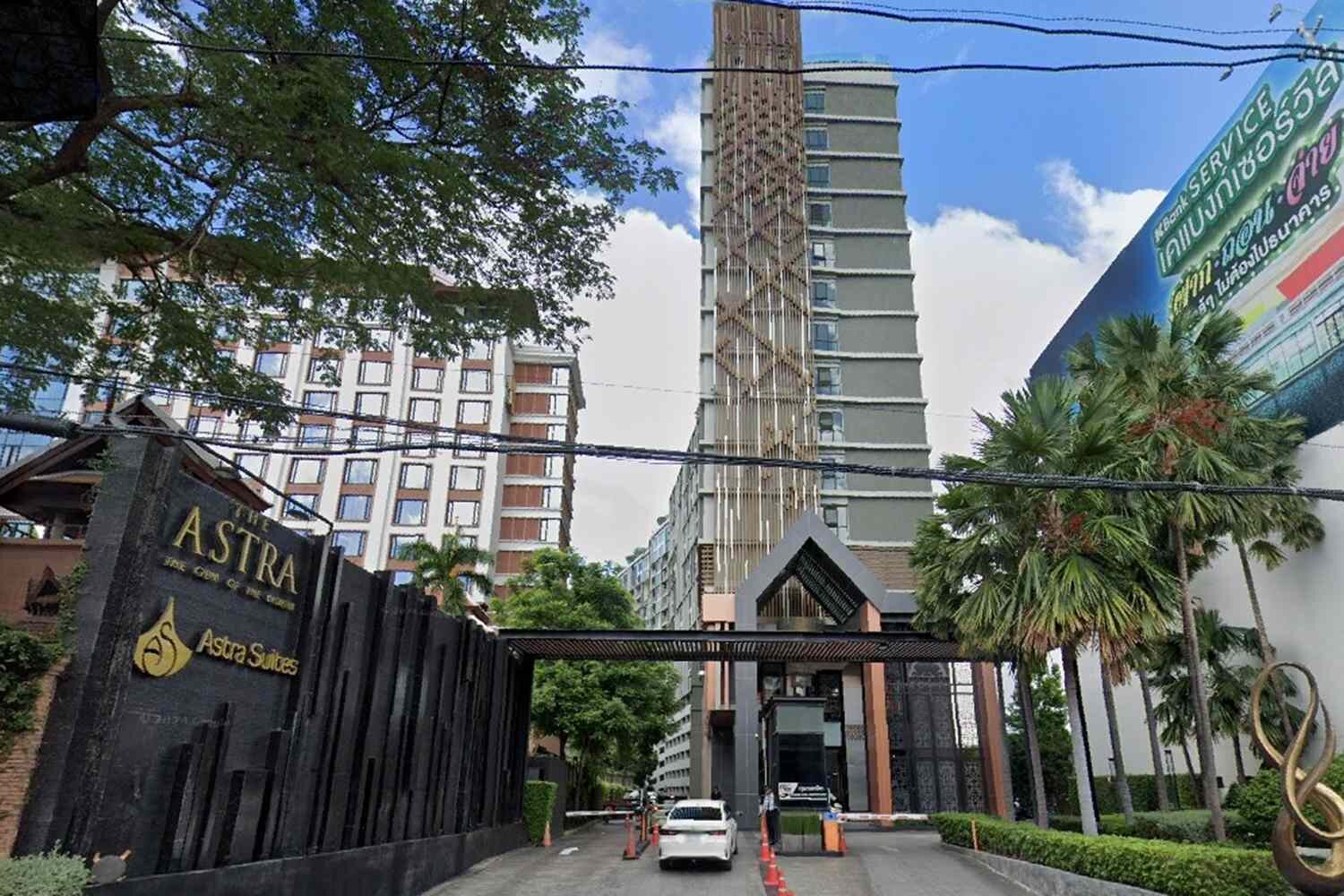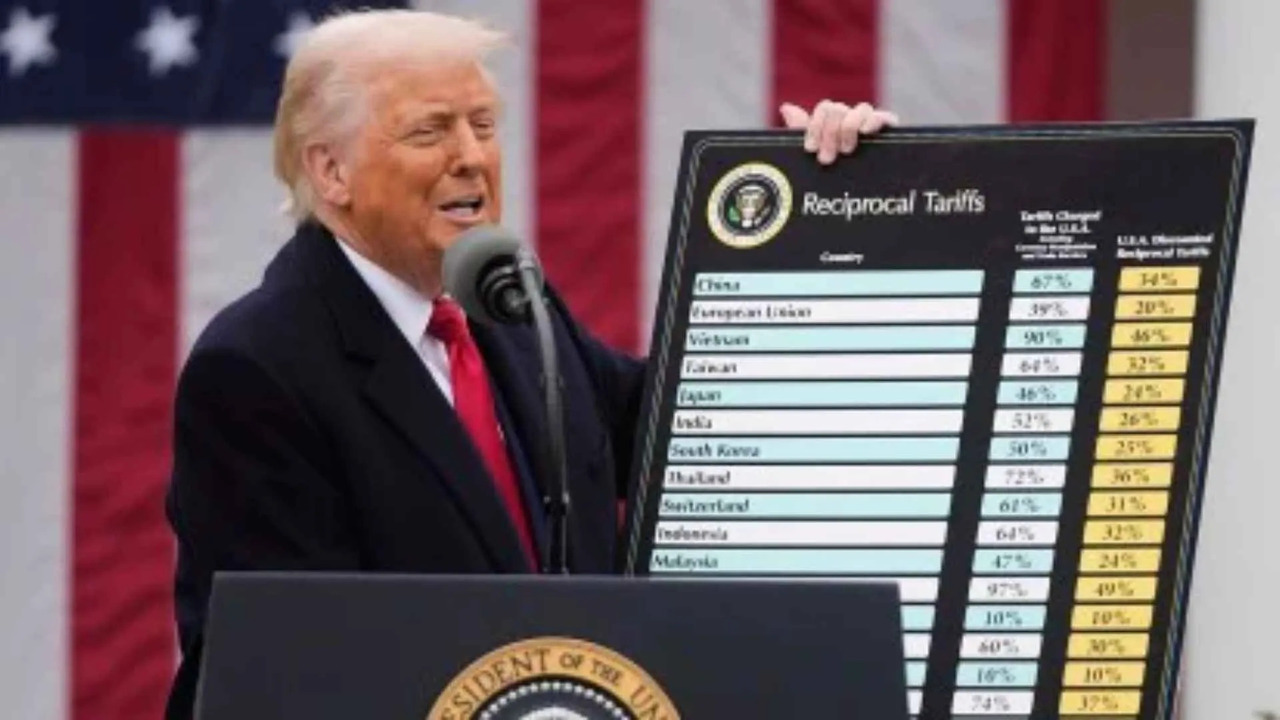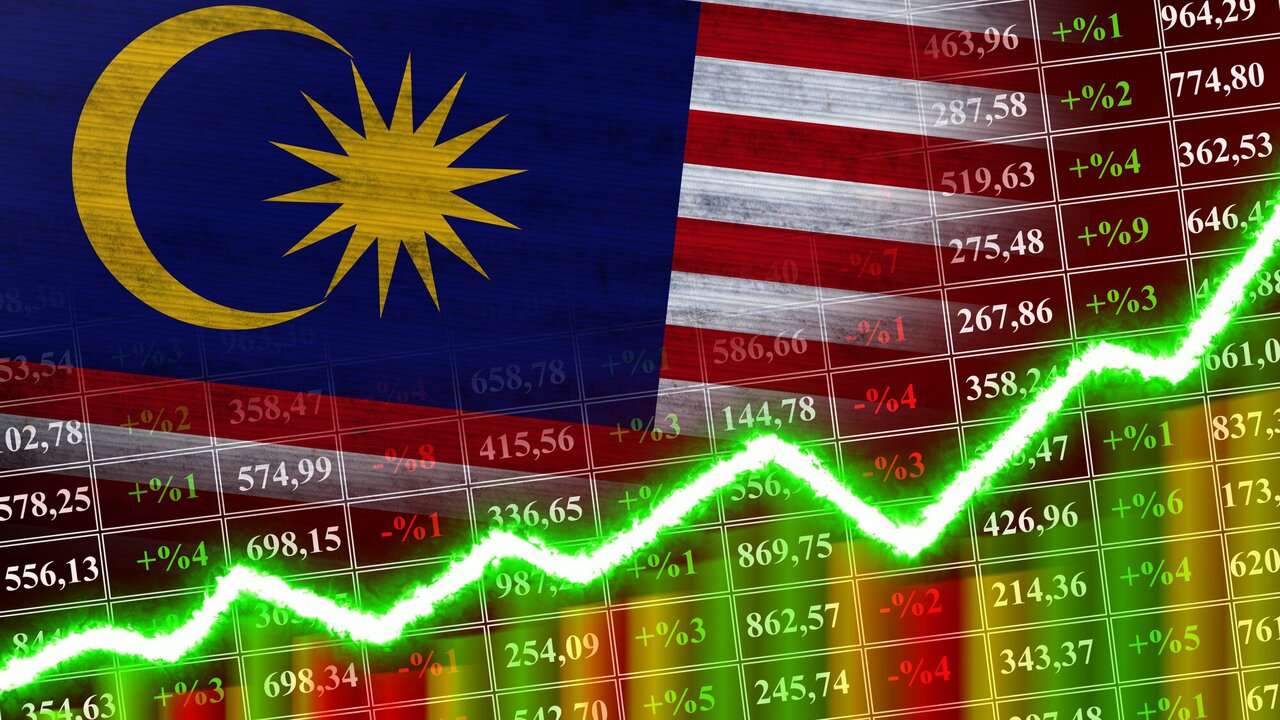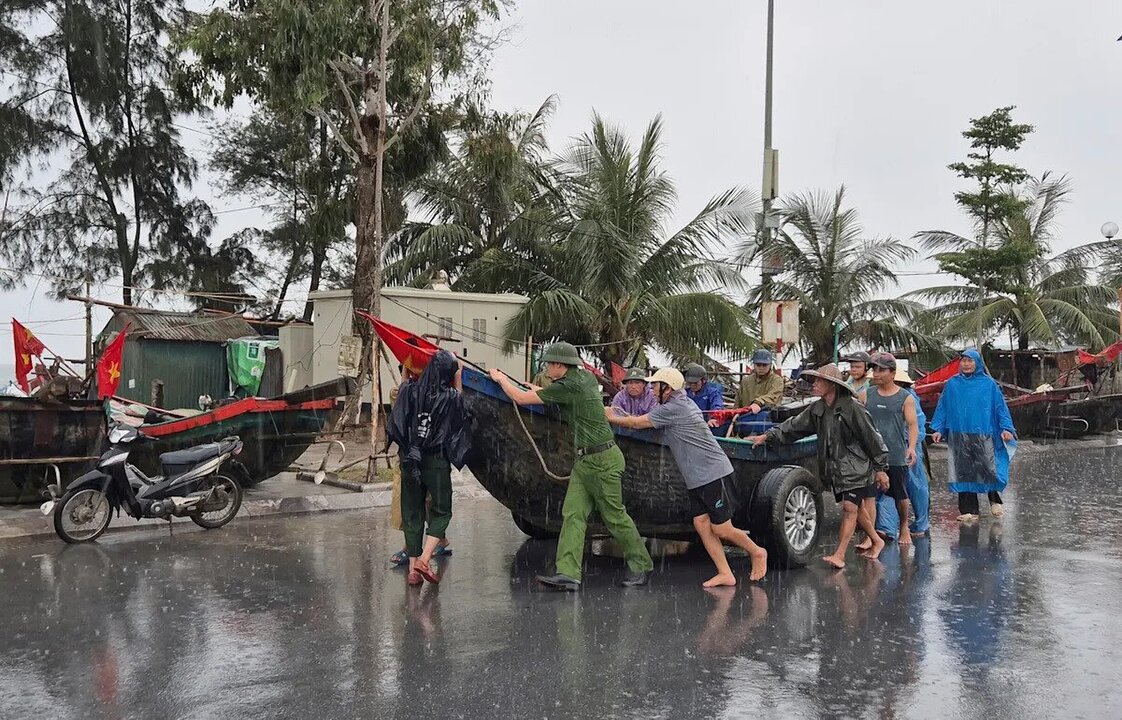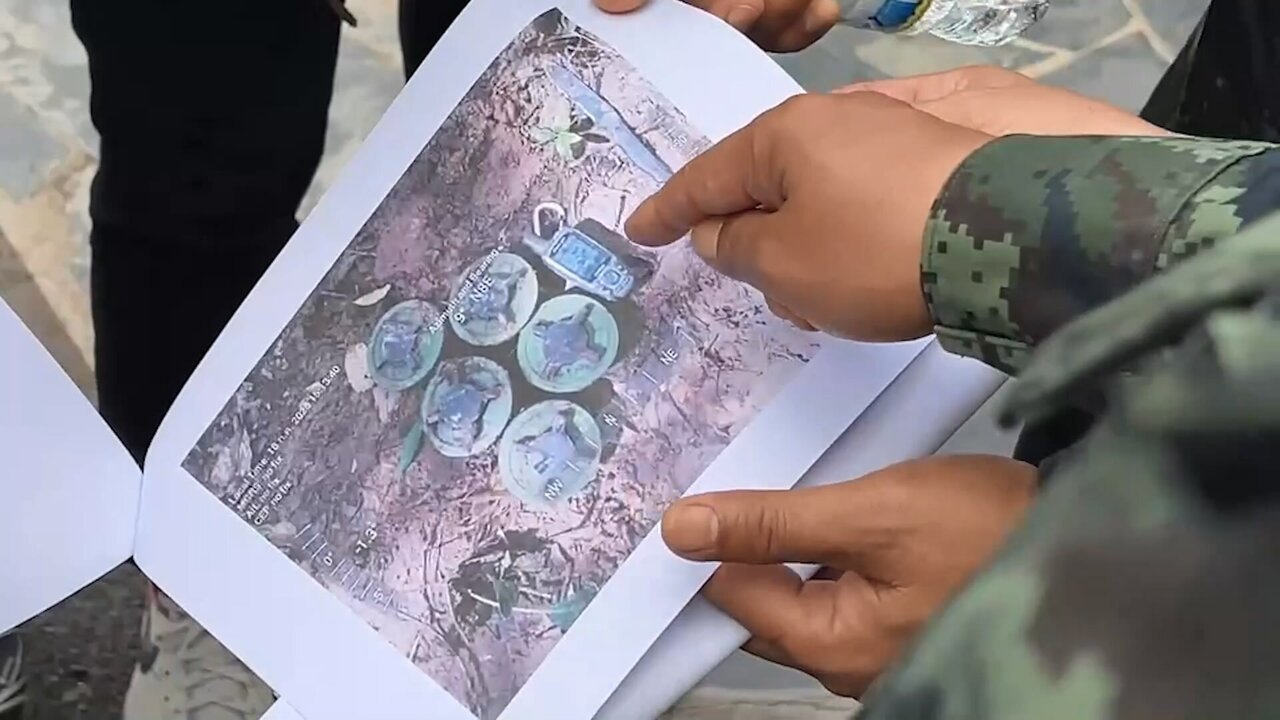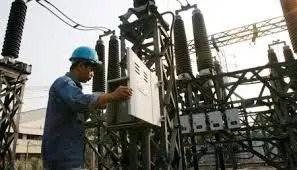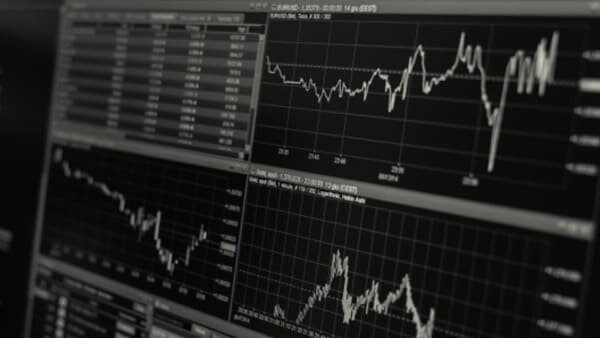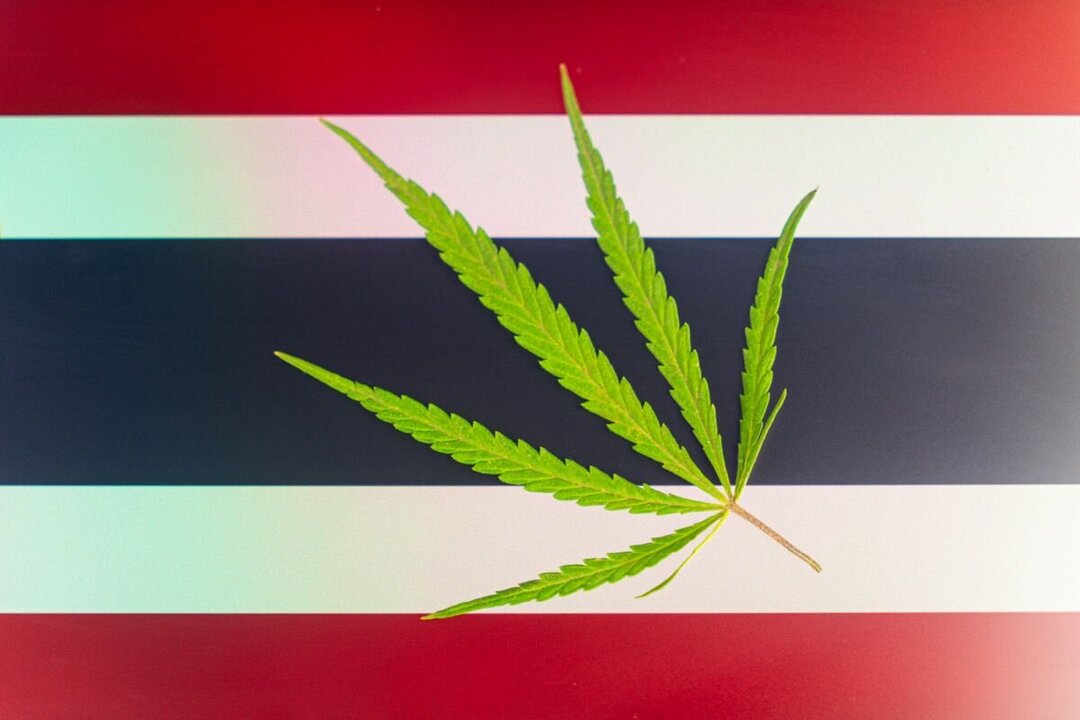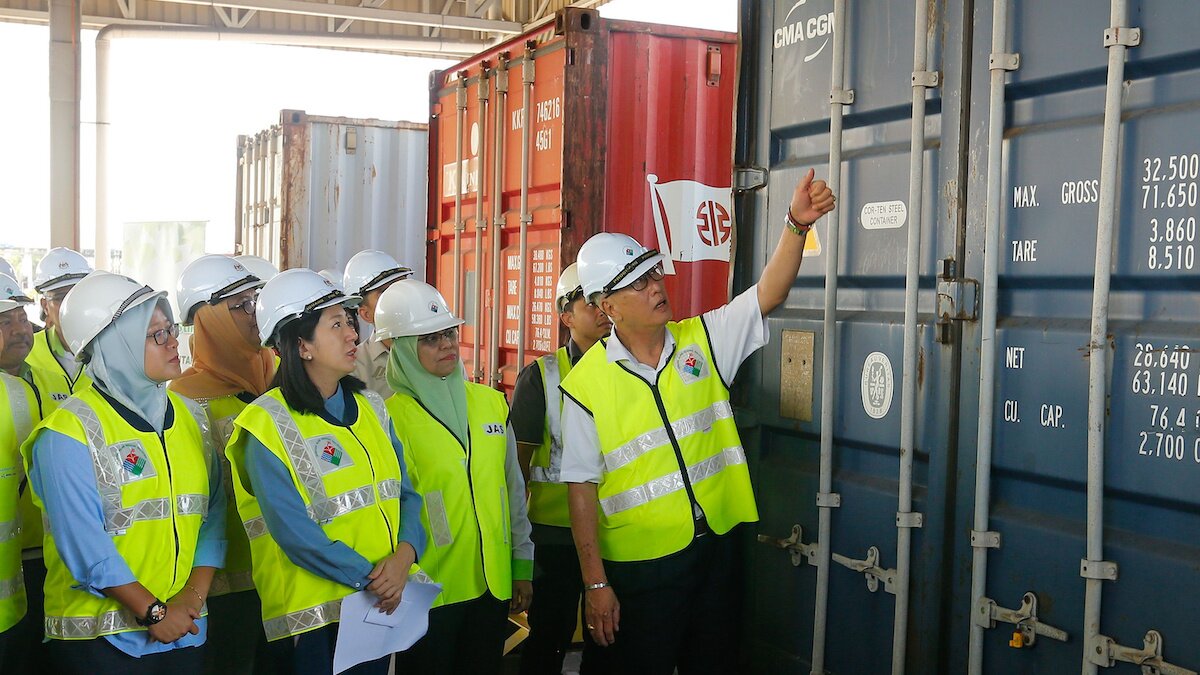According to an analysis by the Siam Commercial Bank Economic Intelligence Centre (SCB EIC), the country’s economic landscape is shifting from being a producer to serving primarily as a transit hub within global supply chains.
Research indicates that Thailand's imports have been accelerating since 2020, fueled by increasing dependency on Chinese production inputs across critical sectors.
From 2020 to 2024, the annual growth rate of the country's imported goods averaged 10%, outpacing both GDP growth and export values.
By 2024, the proportion of imports to GDP is projected to reach 53%, marking the highest level in 12 years.
This surge in imports has resulted in Thailand facing a trade deficit for the third consecutive year.
China has emerged as Thailand's principal trading partner, accounting for over 25% of total import value.
This shift is largely attributed to the integration of Thai industries such as steel, plastics, and automotive into Chinese production chains.
Moreover, Thailand has become a key market for China’s surplus goods.
A growing trend toward online shopping and the prominence of businesses relying heavily on imported raw materials contribute to an increased influx of goods from China.
The acceleration in imports is driven by three primary factors: the outflow of surplus goods from China due to its slowing economy, the proliferation of cross-border e-commerce platforms appealing to Thai consumers, and the establishment of businesses with high import content across various sectors, including construction, restaurants, services, and manufacturing.
Specifically, SCB EIC's findings reveal that domestic consumption and Thailand's export sector are becoming increasingly dependent on imported goods, particularly from China, which poses challenges for the recovery of the industrial sector.
Producers of steel, circuit boards, electrical appliances, vehicles, and their components report diminishing reliance on domestically produced items.
The analysis suggests that a notable fraction of nearly 3,000 manufacturing firms may be functioning primarily as 'buy-and-sell' entities, often misrepresenting the origin of their goods.
Industries such as circuit boards, electronics, automotive parts, plastics, aluminum, and electrical appliances are specifically mentioned.
As these trends progress, the risks intensify for Thai exporters, who may encounter stricter trade barriers.
This evolving situation could gradually position Thailand as a buyer and transit country in global supply chains, potentially leading to a significant decline in domestic manufacturing activity.
In response to these challenges, government interventions may become crucial in safeguarding the competitiveness of Thai industries.
Protective regulations, promotional policies for local production, and careful oversight of foreign investments are necessary to fortify the economy against the pressures of a model increasingly reliant on 'buy-and-sell' operations, which could ultimately undermine domestic value creation.
